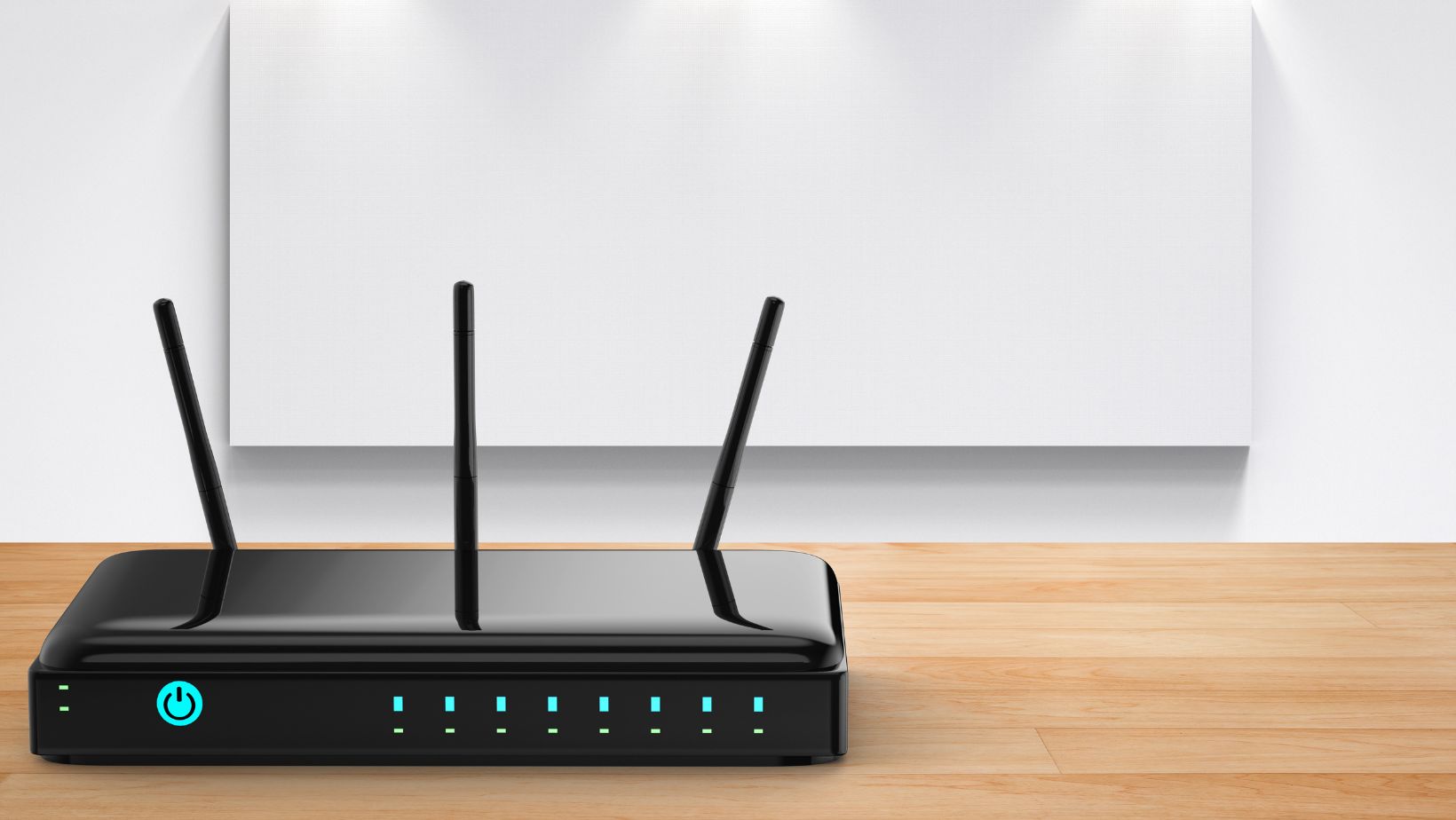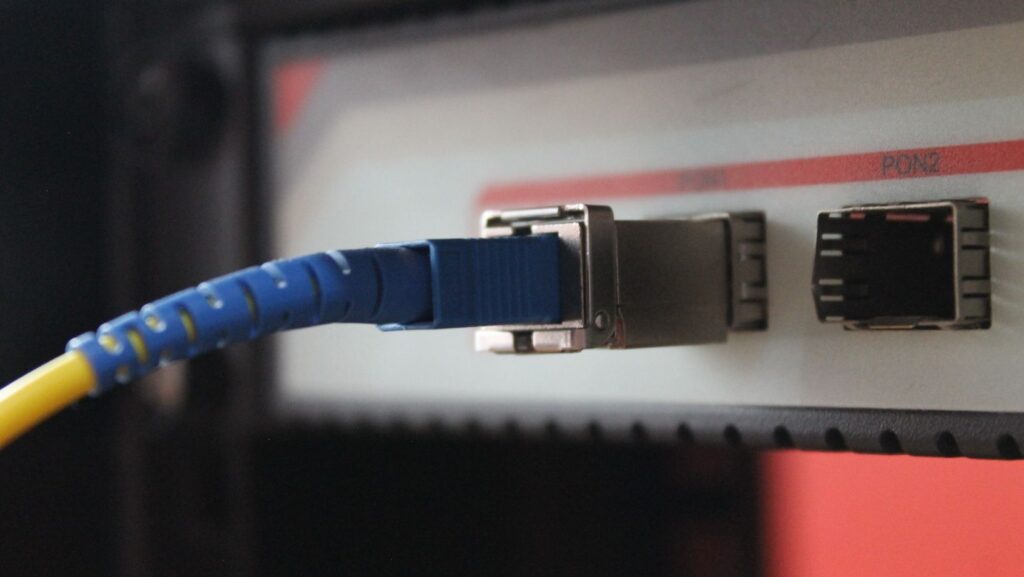
Introduction
For two decades, wide-area networks were built around private Multiprotocol Label Switching (MPLS) circuits that backhauled branch traffic to a headquarters data center before releasing it to the open internet. The model worked when most applications were hosted on-prem, but it strains under today’s realities: video collaboration, SaaS, multi-cloud deployments, and hybrid work. Software-Defined Wide Area Networking (SD-WAN) takes the rigid foundation of a legacy WAN and adds a programmable overlay that is faster to deploy, cheaper to scale, and far more cloud-savvy. Understanding where each architecture excels-and where it falls short-helps IT leaders choose the right path forward.
What Is Traditional WAN?
A traditional WAN relies on hardware routers connected with leased MPLS or dedicated lines. All branch internet requests typically hairpin through a central firewall at headquarters, adding latency for cloud applications. Each new site requires manual router configuration, and scaling bandwidth usually means renegotiating expensive carrier contracts. Security controls are perimeter-oriented: once traffic leaves the branch, it is trusted until it hits the data-center firewall.
What Is SD-WAN?
SD-WAN, or Software-Defined Wide Area Network, abstracts routing intelligence from the underlying links and moves it into software. Edge appliances-or virtual instances-form an encrypted overlay across any mix of circuits: MPLS, business broadband, 4G/LTE, even satellite. A centralized orchestrator pushes policies to every device, allowing real-time path selection based on loss, jitter, or application priority. Because SD-WAN is app-aware, Microsoft 365 can take the lowest-latency path while nightly backups shift to the cheapest pipe.

The flexibility of SD-WAN shows up in dozens of industries, from retail point-of-sale to telehealth. For a deeper dive, see these real-world examples of SD-WAN applications across industries. Following that blueprint, many organizations swap legacy backhauls for local cloud breakouts and regain precious milliseconds on every click.
Key Differences Between SD-WAN and Traditional WAN
| Feature | Traditional WAN | SD-WAN |
| Architecture | Hardware-centric, static routes | Software overlay, dynamic policies |
| Routing Logic | Manual, CLI-driven | Centralized & application-aware |
| Cloud Access | Traffic backhauls; high latency | Direct internet / SaaS breakout |
| Cost Model | Premium MPLS circuits | Mix of low-cost broadband & wireless |
| Security | Perimeter firewall only | Integrated encryption & segmentation |
| Management | Site-by-site changes | Single cloud dashboard |
| Scalability | Truck-roll hardware upgrades | Zero-touch deployment, API automation |
Advantages of SD-WAN Over Traditional WAN
- Lower Circuit Costs
By shifting bulk or best-effort traffic to commodity broadband or 5G, companies often trim 30-50% from telecom bills. Research by IDC confirms enterprises recovering millions in OPEX within three years. - Performance that Matches Application Demands
Real-time link analysis lets SD-WAN steer VoIP to the path with the least jitter while sending large file transfers down a high-throughput-but higher-latency link. Cisco’s SD-WAN performance tests show 40 % faster SaaS response times versus legacy WAN. - Cloud-Native On-Ramps
Instead of hairpinning to a central DC, SD-WAN can terminate encrypted tunnels directly into services like AWS Transit Gateway or Microsoft Azure Virtual WAN, shaving seconds off page loads. - Integrated Security
Many platforms embed next-generation firewall capabilities, TLS inspection, and micro-segmentation. The U.S. National Institute of Standards and Technology highlights SD-WAN’s alignment with Zero-Trust principles in SP 800-207. - Rapid, Software-Driven Deployment
Edge devices ship pre-provisioned; a non-technical staffer plugs in power and uplinks, and the orchestrator drives the rest. This should be the branch turn-up times dropping from weeks to hours.
When to Switch From Traditional WAN to SD-WAN
Expanding Branch Footprint – Retailers rolling out pop-up stores, kiosks, or franchise sites can deploy over LTE day one, then migrate to fiber when available. That should be great way.
When applications like Office 365, Salesforce, or Zoom slow down due to backhaul latency, enabling local breakout offers a quick and effective solution
Enterprises spending six figures annually on private circuits can achieve near-immediate ROI by rebalancing bandwidth, especially with the rising costs of MPLS.
Security Modernization-Need for consistent policy, end-to-end encryption, or traffic segmentation across all sites.
Hybrid Workforce – Securely connecting thousands of remote users without saturating VPN concentrators.
Examples:
Retail Chain: A 200-store franchise replaced dual-MPLS links with broadband + LTE, enforcing PCI-DSS segmentation through SD-WAN policies. Card-payment latency dropped 25 %, and telecom costs fell $1.2 million annually.
Healthcare Network: Clinics now send imaging data directly to cloud PACS storage over encrypted tunnels, bypassing data center bottlenecks. Radiologists load scans in half the time.

Financial Services: Traders leverage dual internet circuits for Bloomberg feeds; if packet loss spikes above 1%, SD-WAN fails over in under 300 ms, well below market-data SLA thresholds.
Conclusion
Traditional WAN architectures served well when traffic patterns were predictable and applications lived in a central data center. Cloud and hybrid work flipped that model. SD-WAN that answers with dynamic path selection, integrated security, and operational savings that grow as the network expands. This will be a choice. This is the choice you made to learn more. For organizations seeking agility, performance, and cost control, SD-WAN isn’t an incremental upgrade; it’s a strategic shift.
Frequently Asked Questions
1. Does SD-WAN replace MPLS completely?
Not always. Many firms keep a limited MPLS footprint for ultra-low-latency or regulatory traffic, using SD-WAN policies to reserve that path only for the most sensitive flows.
2. How difficult is it to migrate from a traditional WAN to SD-WAN?
With phased deployment and zero-touch provisioning, most enterprises pilot in weeks and complete roll-outs within months. The orchestrator allows dual-stack operation for a gradual cut-over.
3. Can SD-WAN improve security compliance?
Yes. With built-in segmentation, strong encryption, and centralized logging, audits for frameworks such as PCI-DSS, HIPAA, or GDPR become simpler—while also reducing the need for multiple standalone security appliances.







